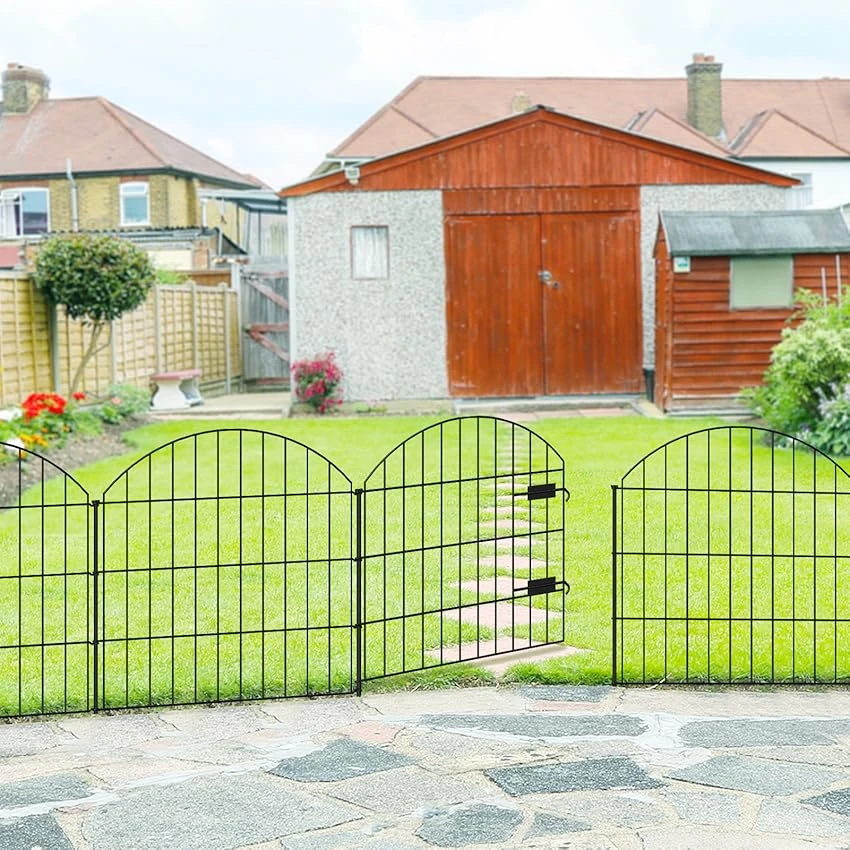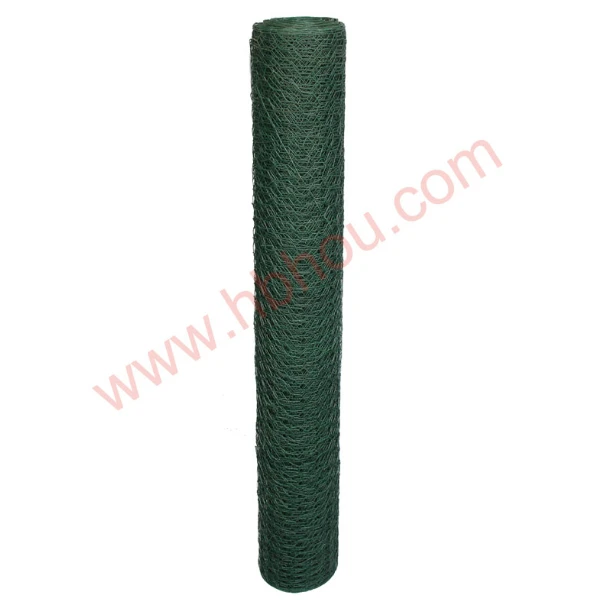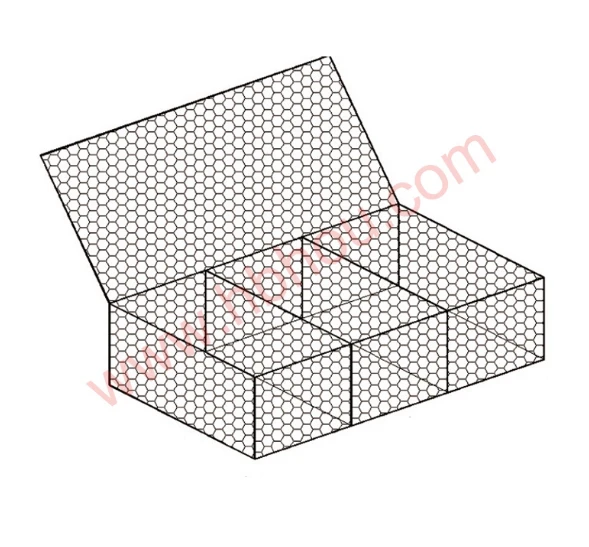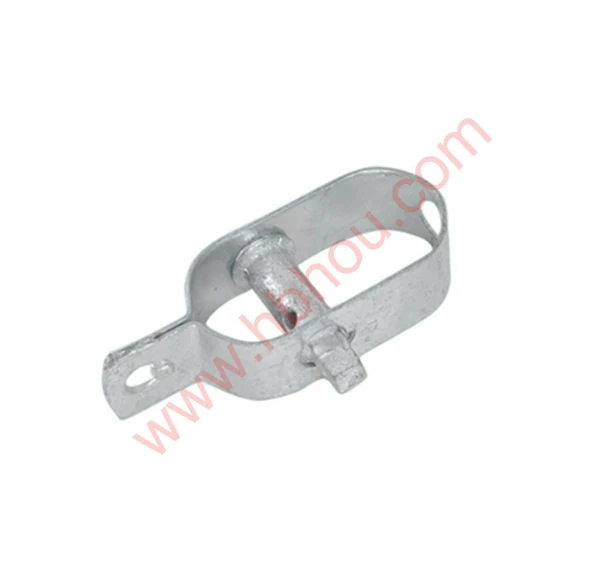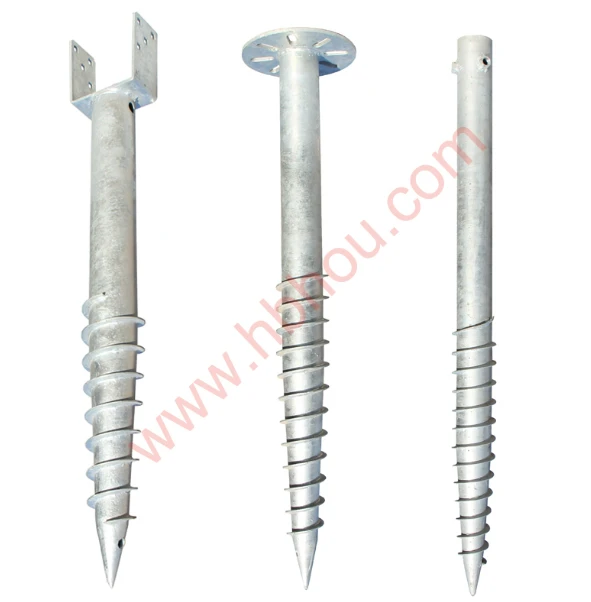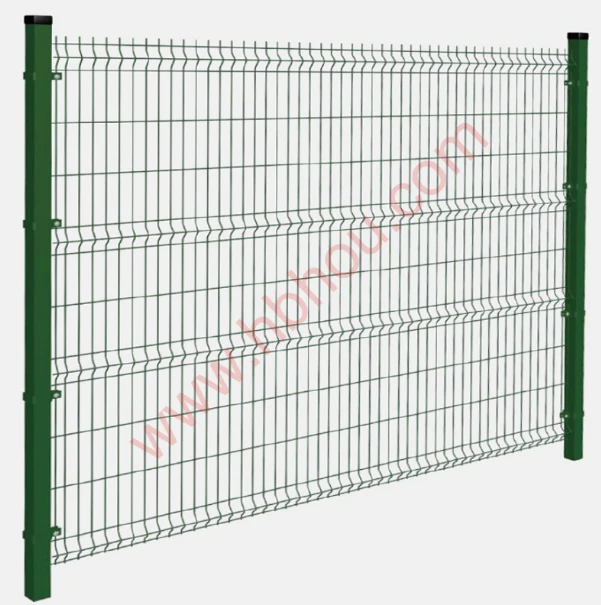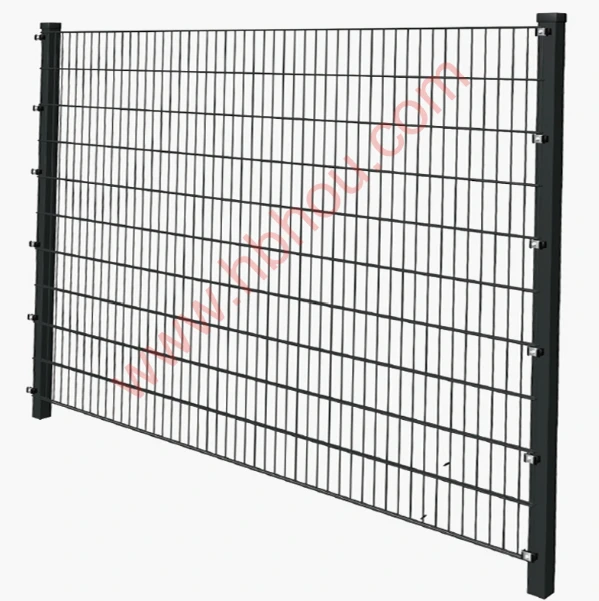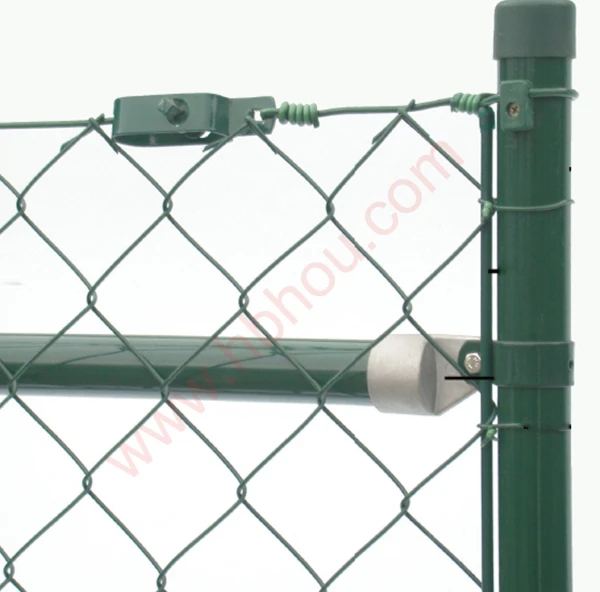Understanding Fence Panel Prices Factors and Insights
Fencing is a crucial element in both residential and commercial properties, offering security, privacy, and aesthetic appeal. When considering a fencing project, one of the key aspects that homeowners and property managers must navigate is the price of fence panels. The cost of these panels can vary significantly based on several factors, and understanding these can help in making informed decisions.
Types of Fence Panels
The first factor influencing fence panel prices is the type of material used. Common materials include wood, vinyl, chain link, and aluminum.
1. Wood Wooden panels are typically popular due to their natural appearance and affordability. However, prices can fluctuate based on wood quality—cedar and redwood tend to be more expensive than treated pine. Additionally, wooden panels require regular maintenance, which can add up over time.
2. Vinyl Vinyl fence panels have become increasingly popular due to their durability and low maintenance. They typically cost more upfront than wood but can save money in the long run because they don’t need painting or staining.
3. Chain Link Chain link fencing is often one of the most affordable options. While great for security and visibility, it doesn’t offer privacy. The price of chain link panels can also vary depending on gauge and coating.
4. Aluminum Aluminum fences are stylish and resistant to rust, making them a durable choice. However, they also come at a higher price point, often making them less accessible for budget-conscious consumers.
Size and Height
fence panel prices

Another crucial factor in pricing is the size and height of the fence panels. Taller and larger panels often come at a premium. For instance, a standard 6-foot fence panel will usually cost more than a 4-foot panel. Additionally, custom sizes or specialized designs can significantly increase the costs.
Design and Style
The design of the fence panels also affects the price. Decorative fencing with intricate designs or unique styles may cost more than standard stock panels. For homeowners looking to enhance their curb appeal, investing in a more aesthetically pleasing fence might be worthwhile, but it can contribute to a higher budget.
Location and Supply
Geographical location plays a pivotal role in the price of fence panels. In urban areas where demand is high, prices may increase. Additionally, regional supply can affect costs—if a particular material needs to be shipped over long distances, transportation costs will invariably be reflected in the final price.
Installation Costs
It’s essential to consider the total cost, including installation. While purchasing fence panels may seem straightforward, the complexity of installation can significantly impact overall expenses. DIY installation can save money, but hiring professionals will add to the total cost. Many contractors charge by the linear foot, and the more complex the installation (such as uneven ground or additional features), the higher the cost.
Conclusion
In conclusion, understanding fence panel prices requires a consideration of various factors, including material types, sizes, styles, geographical location, and installation costs. When planning a fencing project, it is wise for homeowners to conduct thorough research, compare prices from different suppliers, and consider both upfront and long-term costs. By doing so, they can make informed decisions that not only fit within their budget but also fulfill their security and aesthetic needs. Whether looking for functionality or curb appeal, a well-chosen fence can be a rewarding investment.









